AGV Battery Charging Systems Comparison. What's the best?
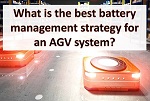 What is the best agv charging system? Online charging, battery swap? Both. What is an AGV charging station?
What is the best agv charging system? Online charging, battery swap? Both. What is an AGV charging station?
Everything about mobile robots is determined by the technical and economic aspects of your specific project, including battery strategy management.
⚠ In order to fully understand this article, I suggest to read also this one: AGV Battery where I explain the different types of batteries used in the mobile robot industry.
It is very important because the selection of the battery depends on the charging solution that will be explained in this article.
What are the main AGV Battery Charging Systems?
The AGV charging solutions are:
- Opportunity Charging
- Manual battery swap
- Automatic battery swap
This video shows these solutions in just one minute:
It always happens, systematically in every project, the customer ALWAYS asks for opportunity charging. Mobile robot users do not want to be involved when it is time to charge the automated guided vehicles.
By the way... before going ahead.. do not miss agvnetwork's whitepaper with detailed information mobile robots batteries and charging systems.

| Click here to download the whitepaper |
It is understandable, if I’m investing in an automated system, why do I have to take care of the charging? It should be done autonomously to grant 24H agv performance.
The point is that, in most cases, opportunity or online charging is the best solution, but in other situations it could be better to adopt the battery swap strategy.
💡 Check this post: AMR Wireless Charging Advantages
Mobile robots can work H24 all around the clock ⌚ (in fact this is one of the main advantages of agvs) but the charging strategy must be perfect or you will face terrible problems.
Do not worry, in the following lines I explain the different agv battery charging systems and how to choose the right system. Otherwise...
you can download agvnetwork's 30 pages whitepaper with detailed information mobile robots batteries and charging systems.
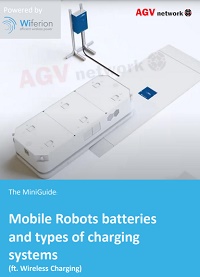
| Click here to download the whitepaper |
What is opportunity charging for AGV?
Opportunity charging means that mobile robots go to defined charging stations and they charge while waiting for a new mission. Robots can charge whenever they are idle. Doing this way, batteries are partially charged during the working hours.
If the system is properly designed, with the opportunity charging system, mobile robots could work continuosly without changing the battery.
What is battery replacement (or swap) strategy for AGVs?
Well, it simple. The AGV works with its battery until it is necessary to substitute it with a fully charged one. Of course, you need to have a pair of batteries for each vehicle.
In this case, the battery exchange can be done manually (by an operator) or automatically with a dedicated exchanging machine.
What is the best mobile robot charging system?
Great question... I think you will not love the answer: It depends.
Apologize, I know you wanted a net simple answer, but I will explain what are the different factors to be taken into consideration when it comes to choose the charging solution.
The main factors are:
- Type of battery and its cost
- Mobile robot system saturation
- Available time for charging
- Human operator saturation and cost
As anticipated, when we analyse an AGV project, we mainly have two different strategies to manage battery charging. We can choose to perform what is called “opportunity charging / online charging” or “battery swapping”.
Pay attention, because the combination of the battery charging system and the type of battery will influence the overall agv system cost.

Check this schema above... we'll have a look into detail in the following lines.
Opportunity charging for AGVs. Advantages and disadvantages
It sounds great! The AGV stops and charges the battery whenever is required and whenever it has free time.
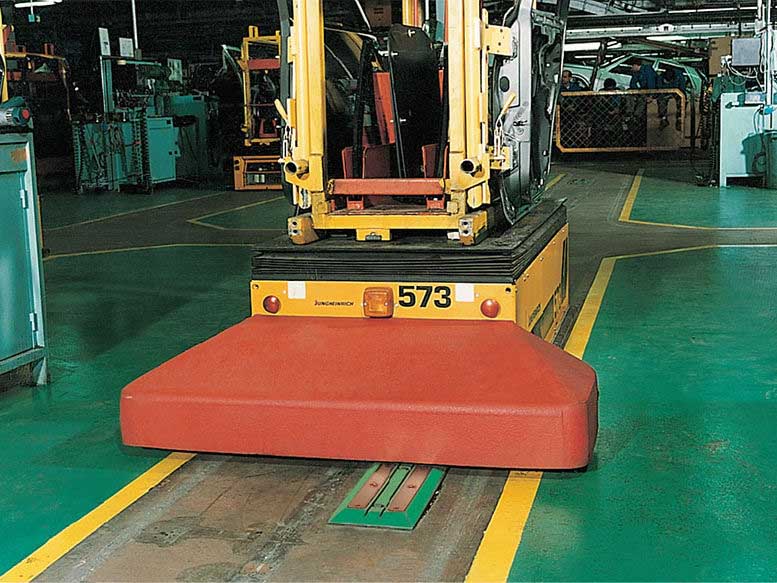
AGV opportunity charging station. Picture by VAHLE.
In fact, it is great but there are several factors to be highlighted.
Opportunity requires the vehicle to stay still. If the vehicle is not performing a mission it is wasting time. Theoretically, agvs and amrs should work 100% of their time (I know it is not always feasible).

How long does mobile robot opportunity charging last?
Simply put, the time required to compensate the vehicle consumption.
Let's make it simple, if your vehicle consumes 6% of its battery in a mission, you must be sure that you have time enough between two missions to recharge this 6%. Of course, this is a simplification, but the concept is right.
Basically, the time needed to cover this 6% depends on the battery technology. Different types of battery hold different charging current.
So a battery able to support high current will charge faster (easy concept). This is why, typically, Lithium and Pure-Lead batteries are preferable when we chose opportunity charging.
|
Note: The charging rate, in Amps, is given in the amount of charge added the battery per unit time. More info here.. |
In order to simplify the calculation, you can consider as follows:
✅ Pure-Lead (AGM) batteries require near 30% of the agv working time
✅ Lithium batteries require near 10% of the agv working time
✅Lithium + wireless charging require near 8% of the mobile robot cycle time
If you have an agv system with pure lead batteries, your vehicles must be stopped for near 30% of their cycle time so they will not be transporting or performing missions.
Opportunity charging can be performed with the traditional "contact poles" or with the newest wireless charging technology where power transfer is done with a contactless solution that enables up to 95% efficiency.
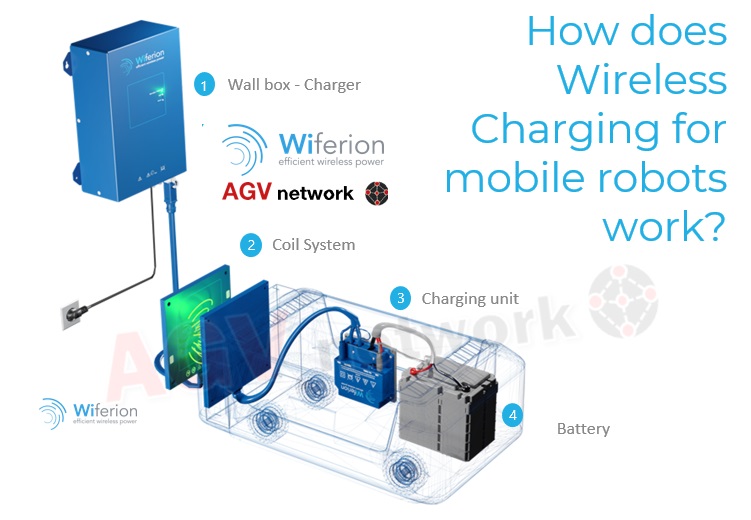
This picture is an extract of the Mobile Robot Battery and Charging Solutions Whitepaper
Moreover, with the wireless solution, the vehicle starts charging immediately because it is not necessary wait the contact poles movement.
If the AGV is not travelling continuously and it has time available to perform charging, then, on-line charging is a good choice.
For example, you could have a mobile robot that is situated close to a robot cell waiting to be loaded or unloaded. If the AGV repeat this cycle several times a day, you can calculate how long the AGV will be in that defined position, so you can know how much battery is possible to charge.
In many cases, opportunity charging is the only solution. For example, if there is not any operator available to perform battery swap. Imagine a night shift in a warehouse where AGVs can work without humans taking care of them.
In cases like these, you should choose the on-line charging strategy.
On the other hand, imagine that you have 3 mobile robots that works with saturation level close to 97%. It means that they work almost all the time, they transport material all the time.
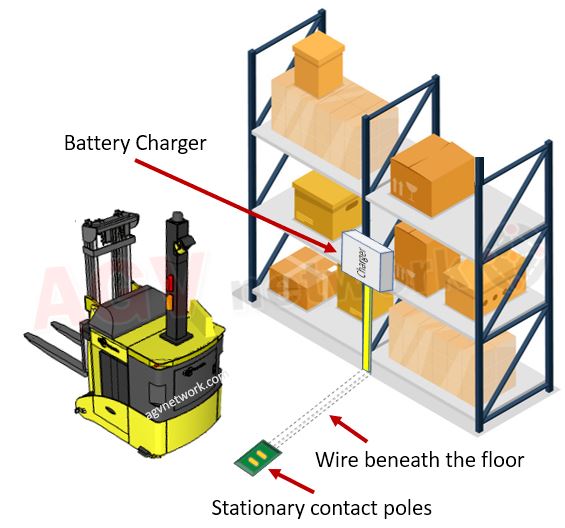
If you wish to have opportunity charging, each robot should be saturated around 110% (with lithium batteries) so you should add an additional vehicle.
With 4 driverless robots, saturation level of each vehicle would drop to near 70%-75% so they would have time for performing opportunity charging without decreasing the whole mission capacity.
In this case you should evaluate if adding one more vehicle is worth or not. Of course, it depends on the vehicle cost.
You must be sure that the amount of energy that the opportunity charging can put into the AGV battery is enough to compensate the AGV energy consumption.
Opportunity charging requires a well done and in-depth analysis of energy balance of the system.
|
My advise ????: do not forget to ask a detailed analysis to your AGV manufacturer. A reliable supplier should engage to the data provided. |
Opportunity charging should be done in areas close to the AGV working area, or even in the same working area to avoid wasting time.
In general, opportunity charging is done in indoor conditions what require batteries with no emission or low gas emission .
A well-designed online charging strategy should consider one charging station for each AGV in order to have always a position available. But, depending on each project, there could be less or more charging points than the number of AGVs.
Good batteries for online charging are expensive and AGVs must include an automatic charging module (contact one or wireless) with additional electronics that increase AGV vehicle cost.
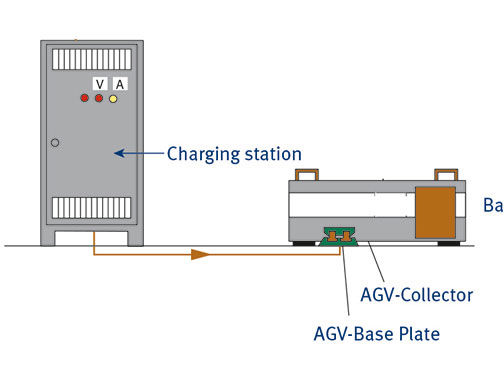
On the other hand, each vehicle will only need one battery instead of the two batteries required in the swap strategy.
Moreover, while the AGV performs and manage recharging by itself, there is not labor cost of the operator needed for manual battery exchange.
Battery swapping strategy for AGV. Advantages and disadvantages.
As its name suggests, in this case, the battery is exchanged when reached a defined battery level (that depends on the type of battery).
So, AGVs work continuously and at certain battery level they go to a defined area where exhausted battery are substituted by a fresh one.
Of course, there are some disadvantages.
???? A second backup battery is needed - Of course, you need a second battery for substitution
???? It is necessary to have someone available to perform battery exchange. Even if exchange time is not so much, operator should be always available in the recharging area in order to avoid the AGV waiting for long time.
???? Or, there’s an automatic battery exchange machine without operator, that uses to be very expensive
Check here below a video by CARNEY BATTERY HANDLING witth automated system for battery exchange.
While of course, we also have different advantages:
???? Cheaper batteries (tipically GEL or lead-acid batteries)
???? AGVs can work all the time. The mobile robot availability is close to 100%. Battery swap needs less than 2-3 minutes, so your system could need a smaller number of AGVs.
???? Mobile Robots are less expensive because they do not include the automatic charging module
????There’s no need of accurate energy balance calculation. You only need to be sure that the time needed before substituting the battery is higher than the time needed for recharging the second battery (I have never faced this problem).
What is the cheapest and most convenient AGV battery strategy?
There isn't a single answer. Sorry....
It depends on each mobile robot system. Every project is different and all the relevant aspects involved in battery management must be analysed into detail.
But do not worry... you can download the AGV&AMR System Cost Calculator. It is an EXCEL tool that will help you to calculate the overall system cost. The tool takes into consideration the battery solution in the total cost.
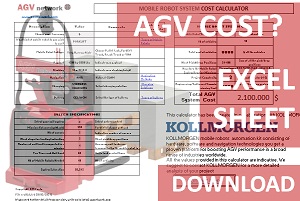
| Download EXCEL AGV Cost Calculation |
Summary about AGV battery management strategy
Check here below a summary overview of this article.
Feature Opportunity Charging Manual Battery Swap Automatic Battery Swap Mobile Robot Availability ![]()
![]()
98%Battery Cost ![]()
![]()
Need of battery backup ![]()
![]()
Mobile Robot cost ![]()
![]()
Labor cost ![]()
![]()
![]()
Charging Station installation cost ![]()
![]()
![]()
Need of accurate energy balance calculation ![]()
![]()
![]()
Total mobile robot system cost Need to be checked project by project
|
Related articles
What is an Automated Guided Vehicle?
AGV Battery - What is the best type for your project? Battery Cost?
AGV Wireless Charging? Manufacturers? Cost? Advantages?
AGV cost estimation. How much does an automated guided vehicle cost?
|
 Written by Alfredo Pastor Tella (agvnetwork editor).
Written by Alfredo Pastor Tella (agvnetwork editor).
Follow me on LinkedIn... let's create a mobile robot community to discuss and learn about these outstanding systems.


